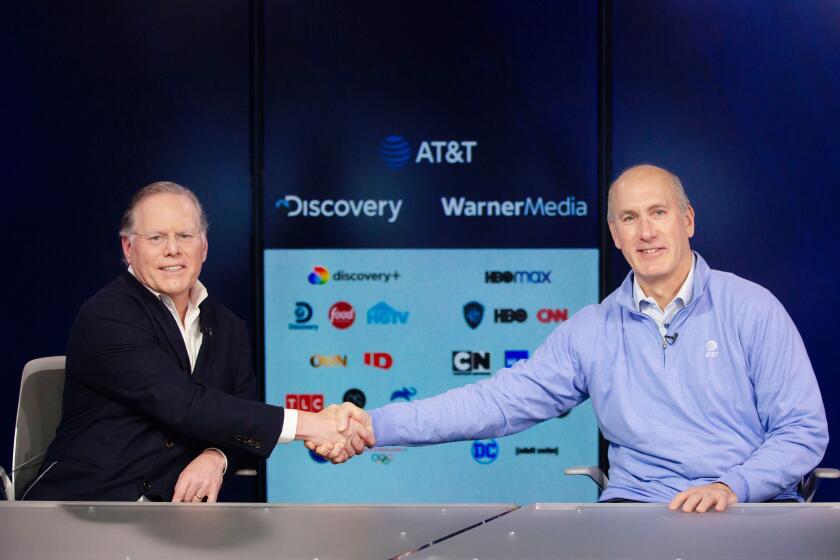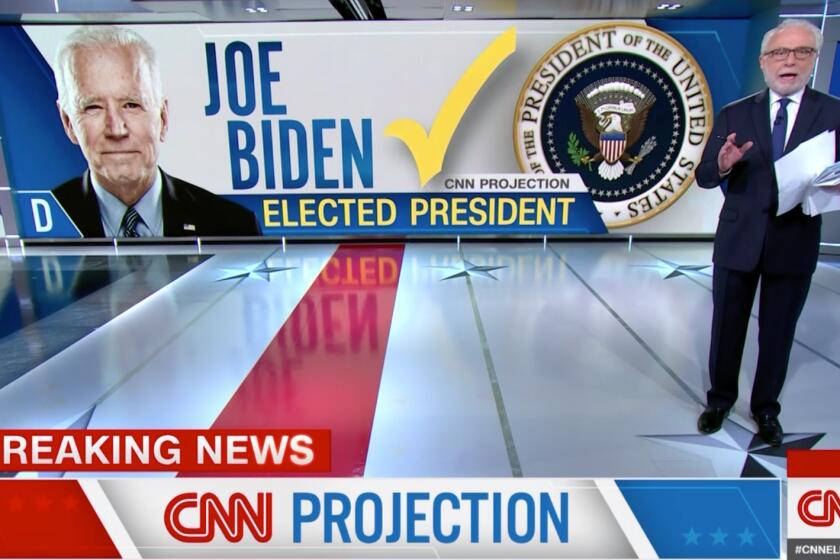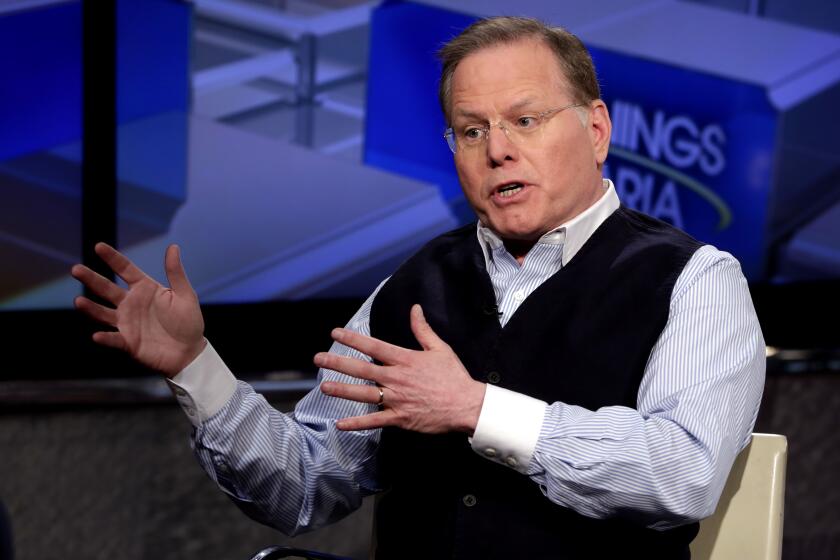HBO Max returns to Prime Video as Warner Bros. Discovery searches for revenue

HBO Max is back on Amazon Prime Video in the U.S., a little more than a year after its departure.
Prime Video subscribers can pay an additional $14.99 a month to receive the channel, which includes “House of the Dragon,” “The White Lotus” and reruns of “The Big Bang Theory.” That is the standard fee for the streaming service.
HBO Max’s return, announced Tuesday, signals parent company Warner Bros. Discovery’s nearly complete unwinding of AT&T’s business strategy during the Dallas telecommunications behemoth’s ownership of the Warner and HBO properties.
Since Discovery’s David Zaslav took control in April of HBO, the Warner Bros. television and film studio and prominent cable channels, CNN, Cartoon Network and TBS, the company has been distancing itself from AT&T’s signature moves.
The 70 positions cut account for about 14% of staff overseen by HBO and HBO Max chief content officer Casey Bloys. The group affected includes reality TV programming.
For example, Zaslav wasted no time in jettisoning the CNN+ streaming service, which was designed as a hedge on the future because cable customers, who receive CNN, continue to cut the cord. Warner Bros. Discovery viewed the service, which cost more than $300 million to design and build, as too much of a reach, particularly in light of the paltry early subscriber figures.
AT&T famously clashed with Amazon nearly two years ago over its distribution of HBO Max.
AT&T wanted consumers to access HBO’s popular programming through its own apps rather than one controlled by Amazon. AT&T chief John Stankey was insistent that his company nurture a direct relationship with its viewers, in part, because AT&T would then control the user data so it could learn about consumer behavior and their experience with the company’s product.
The class action lawsuit comes as Warner Bros. Discovery shareholders have been reeling from a steep stock drop since the April merger.
When Amazon sells the subscription through its Amazon Prime Video Channels service, it gets a cut of the revenue and it maintains the relationship with the subscriber. HBO Max sustained a loss of nearly 5 million subscribers when WarnerMedia removed it from Prime Video in September 2021, and some consumers cried foul.
But Warner Bros. Discovery wants to be more collaborative with others in the industry.
More important, the entertainment company is in dire need of additional subscribers and revenue to boost its bottom line. Discovery’s union with WarnerMedia earlier this year left the reconstituted Warner Bros. Discovery battered with more than $50 billion in debt on its books. Such colossal debt worries shareholders, particularly because the advertising market has softened dramatically since the April merger.
Its stock has been sluggish. Shares traded at less than $11 a share Tuesday — less than half of its value when the merger closed.
On-air contributors are expected to be among those getting axed at CNN, which is getting squeezed by parent Warner Bros. Discovery to reduce costs.
Warner Bros. Discovery has been laying off hundreds of employees, including in its HBO, Warner Bros. Television and CNN units.
The company is also facing a shareholder lawsuit that alleges that HBO Max subscriber numbers were inflated prior to the merger.
“Warner Bros. Discovery is committed to making HBO Max available to as broad an audience as possible while also advancing our data-driven approach to understanding our customers and best serving their viewing interests,” Bruce Campbell, chief revenue and strategy officer for Warner Bros. Discovery, said in a statement to announce the move.
Zaslav defended aggressive cuts at the media giant, framing them as part of a broader rethinking of how the company works.
The move should also be a streaming service boost for Amazon, which also has been laying off workers.
Amazon’s vice president for Prime Video, Cem Sibay, said in a statement: “We strive to offer customers the best and widest selection of premium content available for their everyday viewing experience.”
More to Read
Inside the business of entertainment
The Wide Shot brings you news, analysis and insights on everything from streaming wars to production — and what it all means for the future.
You may occasionally receive promotional content from the Los Angeles Times.















